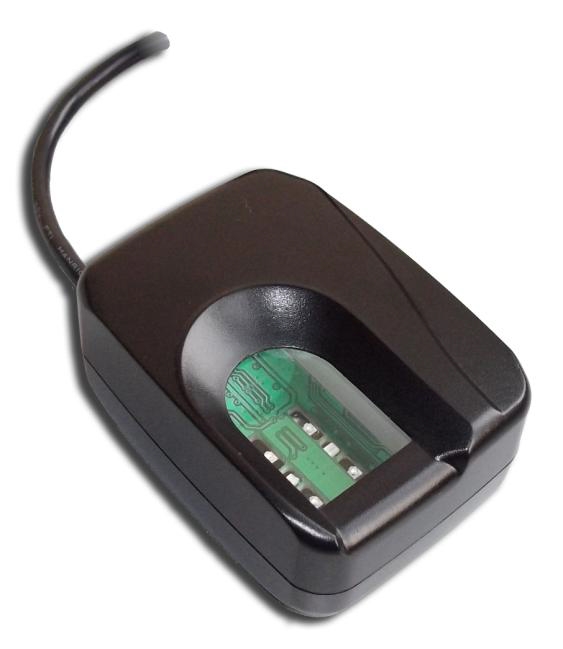

- HARDWARE FINGERPRINT FAKE SKIN
- HARDWARE FINGERPRINT FAKE VERIFICATION
- HARDWARE FINGERPRINT FAKE SOFTWARE
It is possible to observe three kind of peculiarities: absence or reduction of pores (recently exploited in Marcialis et al., 2010), alteration of pores width, general smoothing of several details, presence of artifacts (the scratch at the center is present only in the fake fingerprint). At the center, we zoomed on the rectangle pointed out in both images. In particular, Figure 1 shows in the left side a live fingerprint image, whilst the correspondent fake fingerprint image is shown in the right side. However, a visual analysis of two example images (Figure 1) may help in detecting some differences among images obtained from live and fake fingers. It is worth noting that no work so far paid attention to features based on fake finger characteristics (in the following, fake-based features). In the following, we will refer to them as vitality-based features (or live-based features). These features are related to characteristics of live fingers which can be detected by image processing. Morphological algorithms and wavelet transformations are employed to this aim (Coli et al., 2008, Moon et al., 2005 Tan & Schuckers, 2006, 2008 Abhyankar & Schuckers, 2006 Drahansky & Lodrova, 2008 Yau et al., 2007 Choi et al., 2007).
HARDWARE FINGERPRINT FAKE SKIN
(2007a), the majority of approaches are aimed to characterize physiological features of the skin by image processing algorithms, e.g., physiological features such as the perspiration (Derakshani et al., 2003 Parthasaradhi et al., 2005 Marcialis et al., 2010), and the elastic deformation of fingerprints (Antonelli et al., 2008 Chen & Jain, 2005).
HARDWARE FINGERPRINT FAKE SOFTWARE
Recently, two integrated systems (hardware and software methods) have been proposed (Russo, 2007 Diaz-Santana & Parziale, 2006).Īccording to Coli et al. These software- based solutions are obviously less intrusive and cheaper than the hardware-based ones.

The majority of them is based on the use of hardware, embedded in the sensor, which can detect the vitality, or liveness, of the finger, e.g., through a blood pressure measurement.Īnother class of approaches is based on the extraction of features which can discriminate between live and fake fingerprints by processing images acquired by the sensor. In order to prevent these fraudulent attempts, some solutions have been proposed.

Acquired image is processed as well as a “genuine” image. (2002) and Sandstrom (2005) showed that many fingerprint sensors can be deceived by submitting a “gummy” finger.
HARDWARE FINGERPRINT FAKE VERIFICATION
The robustness of a fingerprint verification system under fraudulent attempts through fake fingers is an important issue. Experiments are carried out on a data set much larger than commonly adopted ones, containing images from three different optical sensors. The proposal is compared and integrated with several live-based features at the state-of-the-art, and shows very good liveness detection performances. Then the authors propose a possibile implementation of this kind of features based on the power spectrum of the fingerprint image. In this paper, the authors propose and motivate the use of a novel kind of features exploiting characteristics noticed in the reproduction of fake fingers, that they named fake-based features. Such features can be named live-based, or vitality-based features. So far, proposed approaches are based on features exploiting characteristics of a live finger (e.g., finger perspiration). Since introducing hardware dedicated to liveness detection in scanners is expensive, software-based solutions, based on image processing algorithms, have been proposed as alternative. An image quite similar to that of true, alive, fingerprint, is derived if such “fake fingers” are submitted to an electronic scanner. This problem, raised some years ago, is related to the fact that the 3d shape pattern of a fingerprint can be reproduced using artificial materials. AbstractThe vitality detection of fingerprints is currently acknowledged as a serious issue for personal identity verification systems.


 0 kommentar(er)
0 kommentar(er)
